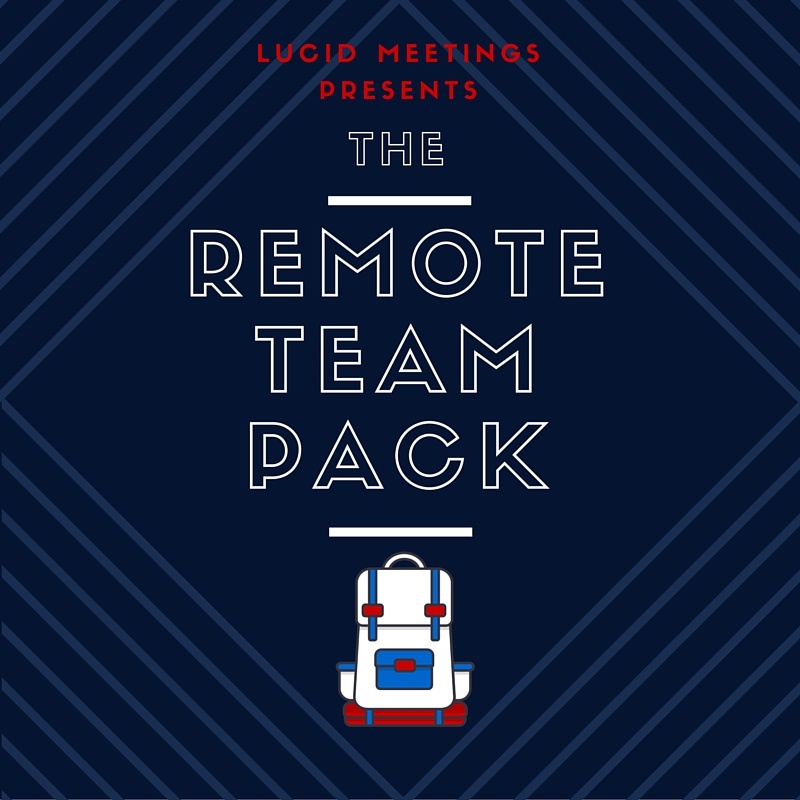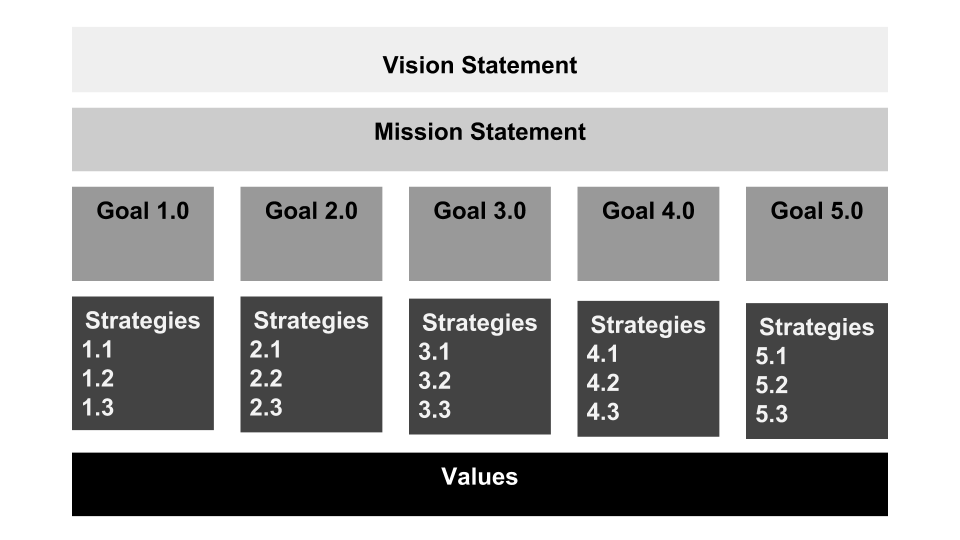The Remote Team Meeting Essentials Pack

On the TV show The Profit, Marcus Lemonis teaches that “people, process and product” are the three keys to a successful business. As Chairman and CEO of Camping World and Good Sam Enterprises, he leads close to 6,000 employees in over 100 cities across the US. I’ll take that as a credible source.
There are numerous processes out there to run a business, manage people, and develop products, yet almost all of them are geared toward in-person communication.
What happens when your team is distributed, and rarely sees each other in person?
Remote work is a reality in companies everywhere – whether employees are on a different floor, co-located in offices across multiple cities, or in a remote home office location working solo.
We’ve published a wealth of information on remote work over the years. We sifted through it all and pulled out the five pieces we felt every remote team can and should have in their process toolkit – the foundations – and wrapped them up into a neat little package.
Introducing The Remote Team Meeting Essentials Pack. Here’s what you’ll find inside.
Overcome Barriers and Facilitate Team Connections
1. Simple Icebreakers for Distributed Teams
Icebreakers were invented to help members of a group easily engage and get to know each other better. For a team that doesn’t see each other in person often, taking time to build and strengthen personal bonds must be deliberately planned; you can’t rely on people getting to know each other outside of meetings.
Our icebreakers are fast, simple, and most importantly, super easy to set up and run. We never suggest that you embarrass anyone or put people on the spot, or spend a lot of time setting up a complicated game. Even better, most of these ice breakers help people connect in a work context – getting to know each other’s personalities, like, and dislikes as they relate to the job at hand.
The original blog post (5 Icebreakers for Distributed Teams) gives tips on when icebreakers are appropriate and how to facilitate some of the most effective ones for remote teams.
The Pack Includes:
- 5 page PDF explaining how to lead each icebreaker during a meeting
- 1 new icebreaker (surprise!)
- Resources to websites and books with hundreds more remote team building resources
Define How You’ll Work Together
2. Remote Team Agreement
No matter how much you’d like to think otherwise, every member of a team brings a different perspective to the table. Their thoughts, beliefs, and expectations are all a mish-mash of what they’ve learned in other companies or what they decide is important from day to day.
To create some order from this chaos, it’s critical that you set expectations early and regularly by creating a remote team working agreement.
Designed by distributed collaboration expert Lisette Sutherland, this process is easy, and once you’ve created it as a group, everyone has buy-in to the rules of engagement. It’s also great for helping new hires get up to speed on your culture and working style.
We’ve tested this template ourselves and were very surprised at how incredibly useful the results were – check out the agreement our team created.
The Pack Includes:
- Lisette’s 9-page PDF facilitator’s guide
- Step-by-Step instructions for creating, using, and maintaining your team’s agreement
- A draft agenda in Word format, for those who don’t use Lucid Meetings
Check In on a Regular Basis
Regular meetings can have a bad rap – however, if executed properly, they’re essential for a well-performing distributed team. When done right, regular check-ins can be one of the most effective ways for your team to spend time together.
The pack includes two meeting formats for running the regular check-in meeting. The first, The Remote Team Check-In, is the process used by Zapier to keep their global team humming. The second, The Cross-Functional Weekly Update, is the process we use ourselves to keep our team aligned and driving work forward together.
3. The Remote Team Check-In
At it’s most basic, a team meets once a week and provides a written status for everyone to read. At meeting time, everyone joins the call and reviews the updates together. That’s it.
It’s simple, it’s effective, and it moves work forward. You can read more about this process in the template gallery.
The Pack Includes:
- 8-page PDF facilitator’s guide with step-by-step instructions
- A draft agenda in Word format, for those who don’t use Lucid Meetings
4. Cross Functional Team Meeting
This longer meeting is designed to reinforce your company’s mission and values. It helps develop a working cadence, and it creates team accountability to the company and to each other. Read more about this process in the template gallery.
The Pack Includes:
- 10-page PDF facilitator’s guide with step-by-step instructions
- A draft agenda in Word format, for those who don’t use Lucid Meetings
Make Sure the Technology Just Works
5. Audio Troubleshooting Guide
Finally, you need to make sure everyone can get on a call without issue. If there’s one thing to know about online audio and video, it’s this: there is no conferencing service that works for all of the people all of the time.
If you’re using Lucid, you have built-in support for several kinds of audio and video conferencing, and a way for facilitators to quickly switch between multiple services if one should fail entirely.
Based on our blog post The Missing Guide to Troubleshooting Audio and Video Conferencing, this guide includes quick tips on how to pick the audio you’ll start with when scheduling your meeting and troubleshooting guidance that can help you quickly recover from the most common audio and video conferencing problems.
The Pack Includes:
- The Complete Guide to Troubleshooting Audio and Video Conferencing (PDF)
Establishing a Foundation
It takes time and effort to come together as a team, and to find those key practices that make your work together sing. These essential meeting tips and practices are designed to help you establish a common foundation that your team can build upon. We hope you find this useful, and as always, welcome your feedback.



